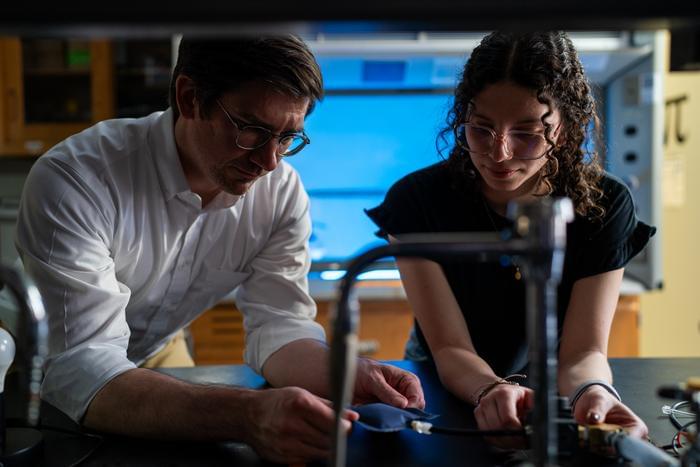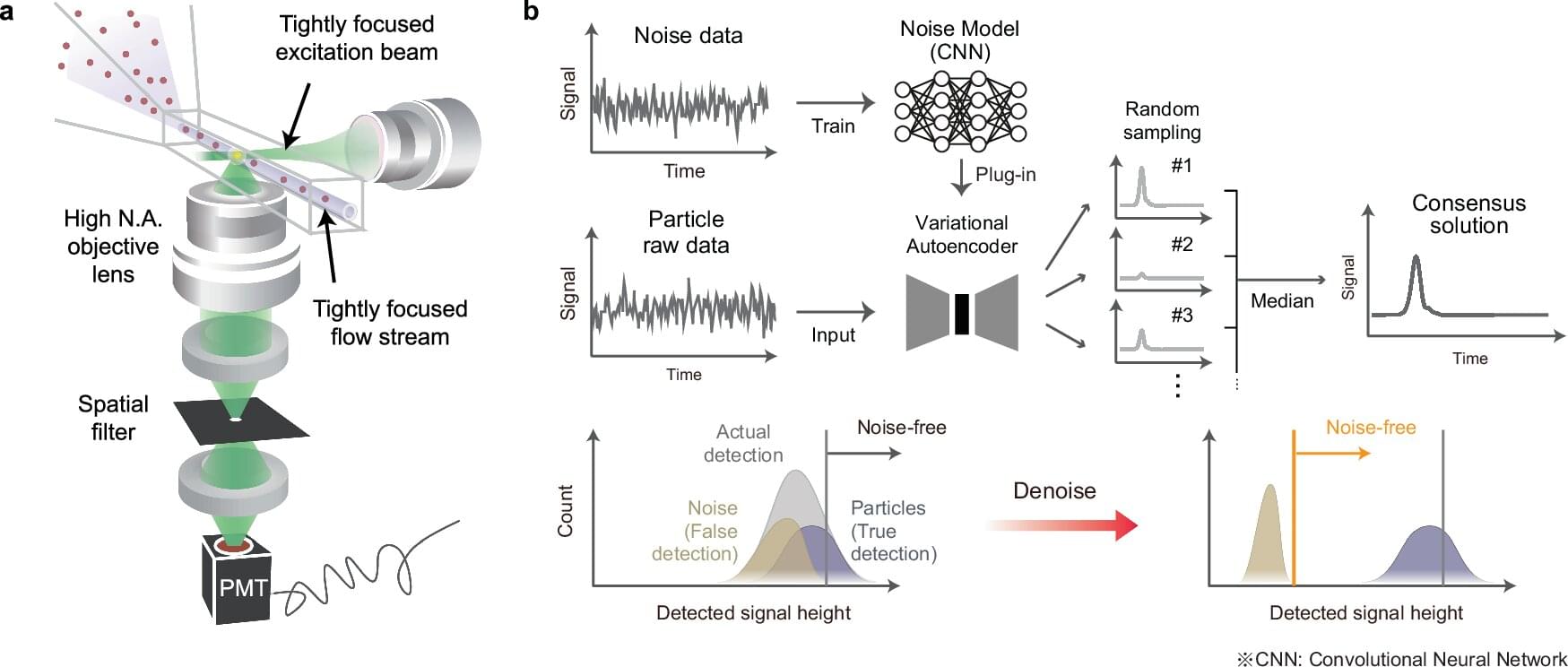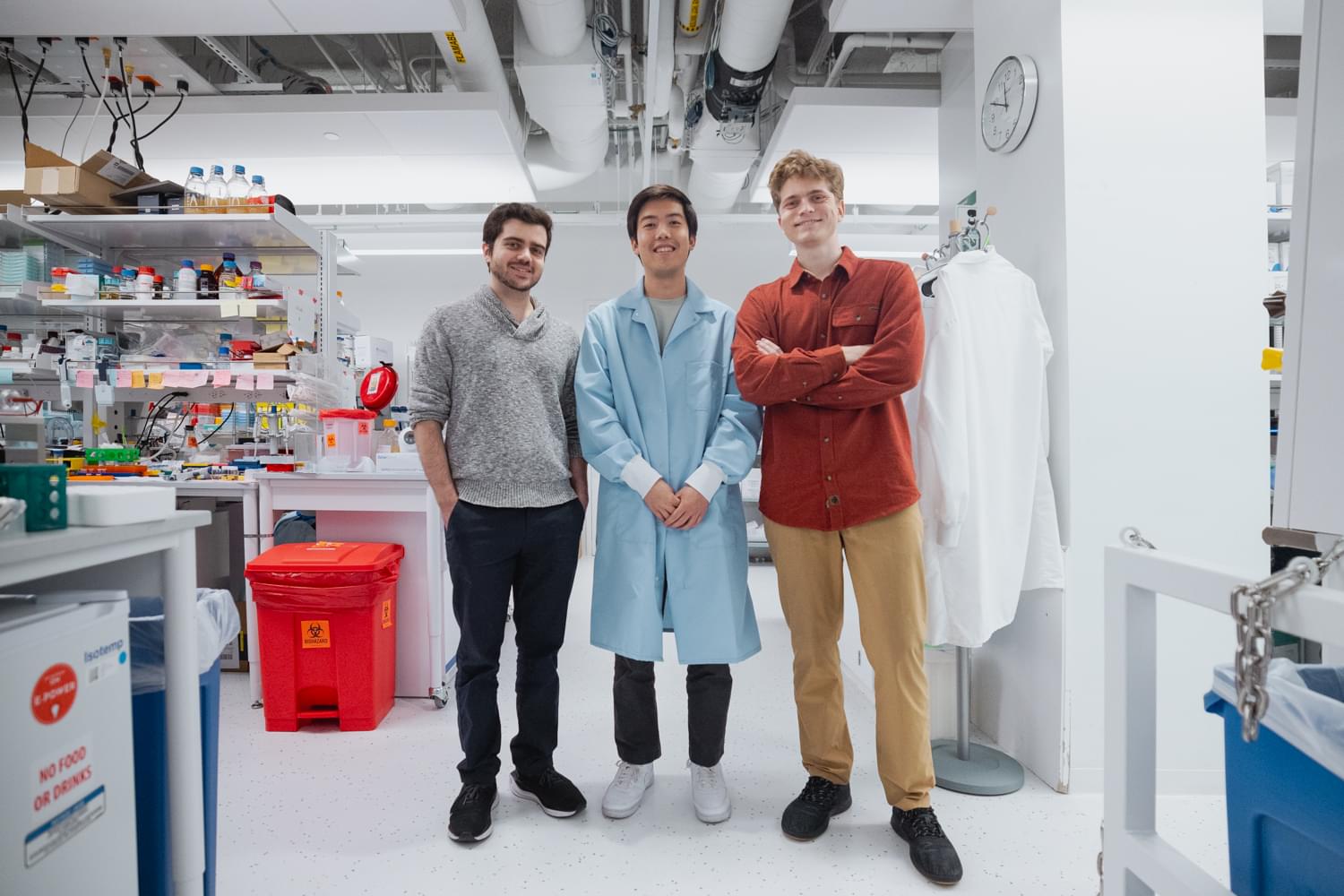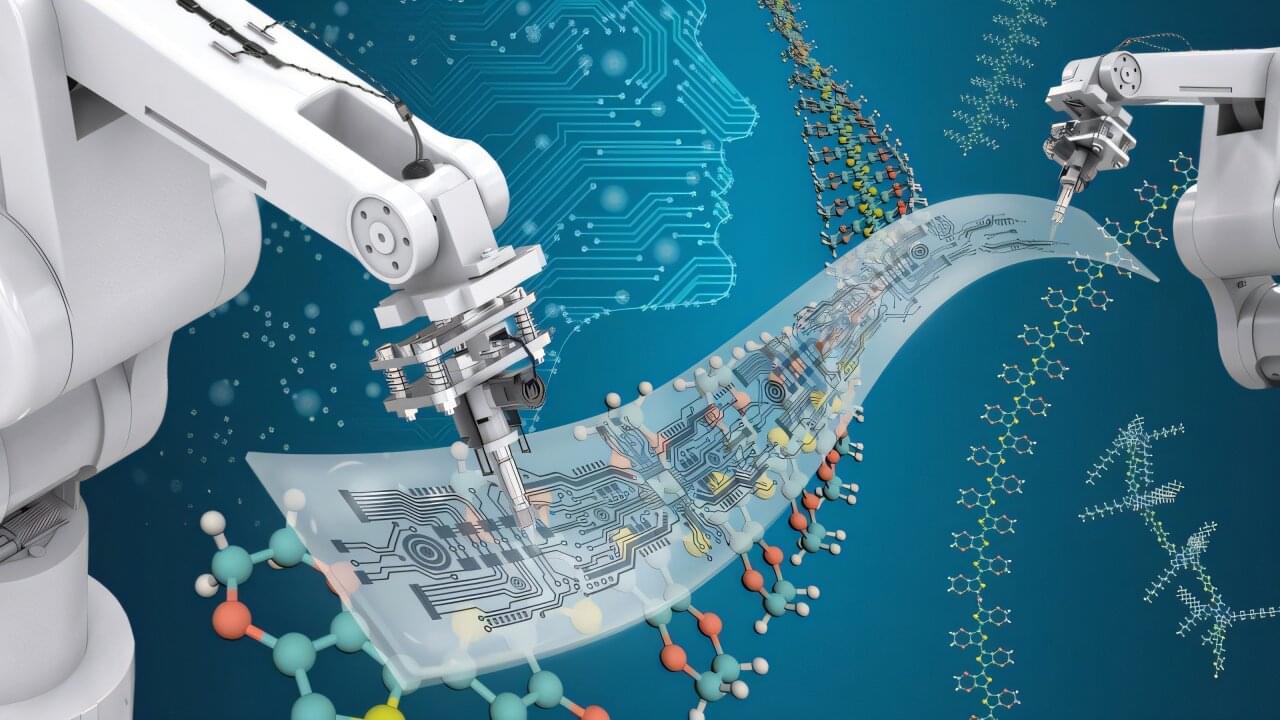The lead researcher has told the BBC he was so astounded he assumed his computer had been hacked.


The pioneering scifi film Metropolis, directed by Fritz Lang in 1927, depicts a dystopian future in 2026 with society sharply divided between wealthy elitists and the working poor. Gustav Fröhlich is Freder, the wealthy son of city ruler who discovers the grim conditions of the workers when he ventures into the city’s depths. After meeting Maria and her robotic double, both played by Brigitte Helm, he becomes determined to bridge the social divide. The story unfolds with dramatic visuals of towering skyscrapers and massive factories. The world of Metropolis is full of technological wonder and social turmoil. The film’s depiction of large-scale automation and robotics aligns with current trends in manufacturing, though fully sentient robots are unlikely to materialize by 2026. #silentfilm #silentfilms #manufacturing #industry40 #metropolis #fritzlang #sciencefiction #scifi #movies #filmanalysis #robotics #robots #industrialautomation …

How can programmed failure protocols help improve sheet-based fluidic devices, the latter of which have become a cornerstone in enhancing soft robotics worldwide? This is what a recent study published in Cell Reports Physical Science hopes to address as an international team of researchers have developed a method for overcoming common failures of sheet-based systems, specifically due to their lightweight and flexible characteristics. This study has the potential to help engineers develop more efficient sheet-based devices, resulting in improved soft robotics designs.
For the study, the researchers examined how pressure changes could damage heat-sealable textiles that are used in sheet-based devices. Once they determined specific failure thresholds, the team incorporated programmed failures into the design, enabling the device to determine specific failure points and prevent further damage.
“Put simply, we are making soft, flexible machines smarter by designing their internal components to fail intentionally in a well-understood manner,” said Dr. Daniel J. Preston, who is an assistant professor of mechanical engineering at Rice University and a co-author on the study. “In doing so, the resulting systems can recover from pressure surges and even complete multiple tasks using a single control input.” Going forward, the team hopes their research will lead to improved sheet-based fluidic systems, which, as noted, have become a cornerstone of soft robotics.


Researchers, including those from the University of Tokyo, developed Deep Nanometry, an analytical technique combining advanced optical equipment with a noise removal algorithm based on unsupervised deep learning.
Deep Nanometry can analyze nanoparticles in medical samples at high speed, making it possible to accurately detect even trace amounts of rare particles. This has proven its potential for detecting extracellular vesicles indicating early signs of colon cancer, and it is hoped that it can be applied to other medical and industrial fields.
The body is full of microscopic particles smaller than cells. These include extracellular vesicles (EVs), which can be useful in early disease detection and also in drug delivery.


Imagine being able to speed up evolution – hypothetically – to learn which genes might have a harmful or beneficial effect on human health. Imagine, further, being able to rapidly generate new genetic sequences that could help cure disease or solve environmental challenges.
Now, scientists have developed a generative AI tool that can predict the form and function of proteins coded in the DNA of all domains of life, identify molecules that could be useful for bioengineering and medicine, and allow labs to run dozens of other standard experiments with a virtual query – in minutes or hours instead of years (or millennia).
Trained on a dataset that includes all known living species – and a few extinct ones – Evo 2 can predict the form and function of proteins in the DNA of all domains of life.

Plastic that conducts electricity might sound impossible. But there is a special class of materials known as “electronic polymers” that combines the flexibility of plastic with the functionality of metal. This type of material opens the door for breakthroughs in wearable devices, printable electronics and advanced energy storage systems.
Yet, making thin films from electronic polymers has always been a difficult task. It takes a lot of fine-tuning to achieve the right balance of physical and electronic properties. Researchers at the U.S. Department of Energy’s (DOE) Argonne National Laboratory have created an innovative solution to this challenge with artificial intelligence (AI).
They used an AI-driven, automated materials laboratory, a tool called Polybot, to explore processing methods and produce high-quality films. Polybot is located at the Center for Nanoscale Materials, a DOE Office of Science user facility at Argonne.
Last video: Why Tesla Energy Will Take Over in 2025
► Support the channel by becoming a member: https://www.youtube.com/channel/UCJjAIBWeY022ZNj_Cp_6wAw/join.
►The Tesla Space Merch Store Is Live! Shop our newest release while quantities last: https://shop.theteslaspace.com/
► Patreon: https://www.patreon.com/theteslaspace.
► Join Our Discord Server: https://discord.gg/zfMNSnuRQN
► Subscribe to our other channel, The Space Race: https://www.youtube.com/channel/UCeMcDx6-rOq_RlKSPehk2tQ
► Subscribe to The Tesla Space newsletter: https://www.theteslaspace.com.
► Use my referral link to purchase a Tesla product and get up to $1,300 off and other exclusive benefits. https://ts.la/trevor61038
Subscribe: https://www.youtube.com/channel/UCJjAIBWeY022ZNj_Cp_6wAw?sub_confirmation=1
Welcome to the Tesla Space, where we share the latest news, rumors, and insights into all things Tesla, Space X, Elon Musk, and the future! We’ll be showing you all of the new details around the Tesla Model 3 2023, Tesla Model Y 2023, along with the Tesla Cybertruck when it finally arrives, it’s already ordered!
Instagram: https://www.instagram.com/TheTeslaSpace.
Twitter: https://twitter.com/TheTeslaSpace.
